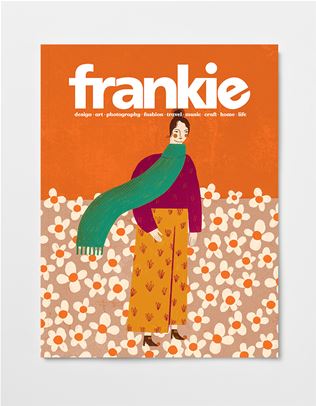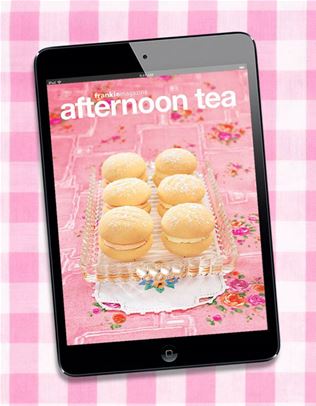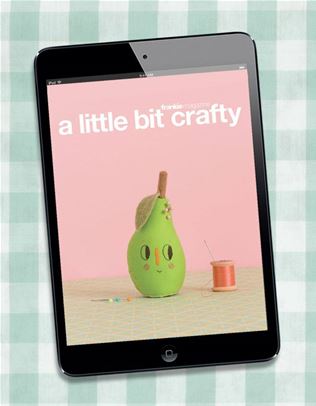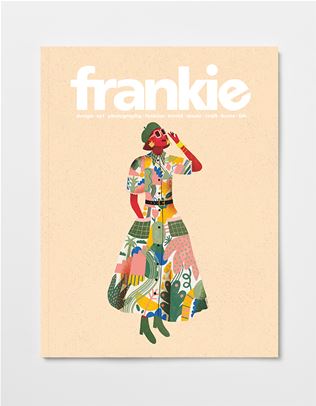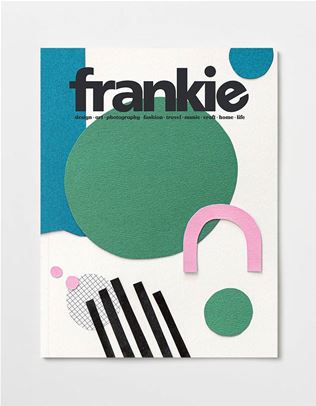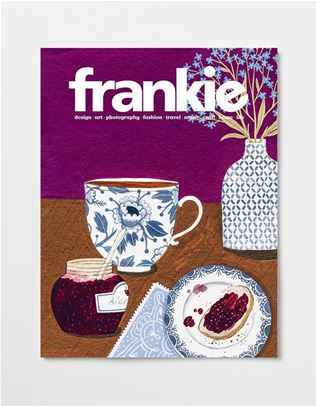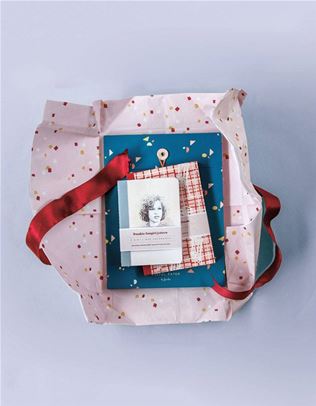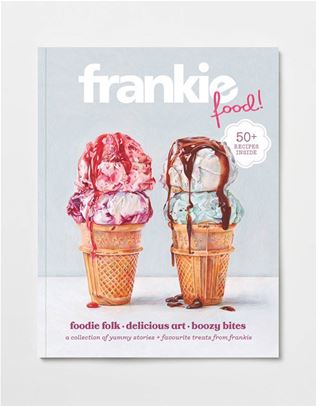the publishing landscape is changing – here’s how to get your foot in the door
Literary agent Naomi Perry chats to us about why visual storytelling is more important than ever.
Recognising talent in others is a very specific skill. It’s not just about having a finger on the pulse of the market – it's also about predicting what the beat of that pulse is going to sound like next. This, biz pals, is the job of the literary agent – and one mastered by Gildlings’ inaugural literary agent, Naomi Perry. The publishing boffin takes us behind the scenes of her recently acquired role at Jacky Winter’s new visual-focused literary agency.
Tell us a little bit about your background in the publishing world. I’ve spent most of my career in publishing, including six years at a large trade publisher in New Zealand. When I moved to Melbourne/Naarm just over a year ago, I wanted to return to what I love most: agenting! I’ve always had a soft spot for illustrated books, so I reached out to Jacky Winter to pitch the idea of helping expand their artists’ presence in publishing. As luck would have it, Jeremy (the founder of Jacky Winter) had already been thinking along similar lines – and so Gildlings was hatched.
How do you use creativity in your role? The creative side of my role leans more towards problem solving than making things from scratch. My job isn’t to create the work – it’s to help make someone else’s work the best it can be and then position it so others can see its potential. That might mean shaping a pitch, giving editorial feedback or figuring out the best way to connect a project with the right publisher. It’s not creativity in the traditional sense, but thinking creatively is absolutely essential.
View this post on Instagram
How has the publishing landscape changed since you started? A lot is the same, just more concentrated. When I started out, platforms like Netflix and Facebook were only just starting to be considered as serious competition for the industry. Now, there are even more content streams fighting for a potential reader’s attention. On the flipside, these same content streams can drive discovery for publishers. Back then it was BookTube; now it’s BookTok, and that comes with the capacity to have an enormous impact on sales. Also, film and TV adaptations of books are incredibly common in a way they certainly weren't back then.
Trends have obviously shifted. Twenty-fourteen was all about celebrity memoirs, dystopia, anything Gone Girl-adjacent and colouring books. Now we’re seeing a lot of roman-tasy, cosy fiction, and graphic novels are growing.
Why do you think illustration is becoming increasingly central to how we tell and read stories? For better or worse, we increasingly rely upon visual mediums for communication and entertainment. Illustration taps into that in a way that’s immediate, emotive and often universal. This immediacy is especially key in a society where attention is so fragmented and readers (young readers especially) have countless other content sources at their fingertips. It's also about emotional resonance; illustrated storytelling can feel deeply personal and human. We're craving connection and illustration can deliver that in a way that feels human.
View this post on Instagram
As someone who has worked across the Australian, New Zealand and UK book publishing industries, what makes Australia’s industry different? I think the biggest difference is in the kinds of stories that each place gravitates toward. In Australia, there’s often a strong sense of place and identity, with growing recognition of the importance of centring First Nations voices, which is brilliant to see.
Compared to NZ, the Australian industry is definitely bigger, but globally it's still quite small. That means it’s tight-knit, collaborative and often willing to take a punt on new talent. But – of course – it also comes with its challenges. The size of the market can mean less money for creatives, and we’re constantly having to think about how local work might "travel".
Do you have any advice for someone who is trying to break into the publishing world? There are some great publishing courses in Australia that often lead to internships, which can be a great foot in the door. But, more broadly, read a lot and read widely. Pay attention to how books are positioned and talked about. Make connections where you can.
People come into publishing from all sorts of backgrounds – writing, bookselling, law, even admin roles. I fell into it accidentally when I replied to a very vague admin job ad in London. It turned out to be for a literary agency assistant, and most of the interview was me banging on about books I'd recently read. I got the job. The industry is full of people who genuinely love books, and that shared passion counts for a lot.

.jpg&q=80&h=682&w=863&c=1&s=1)
.jpg&q=80&h=682&w=863&c=1&s=1)



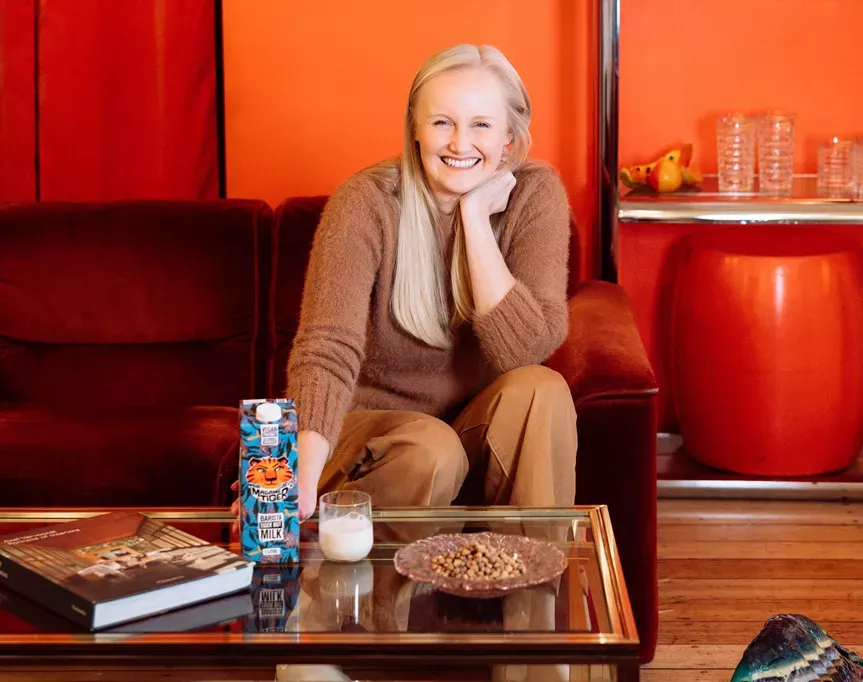


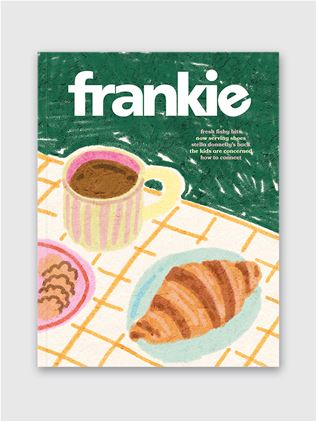
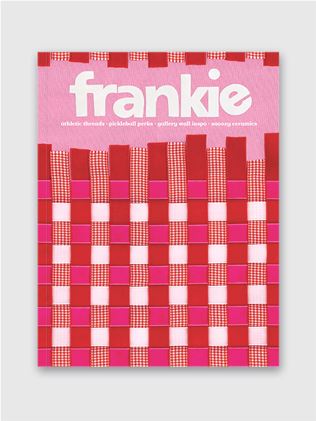

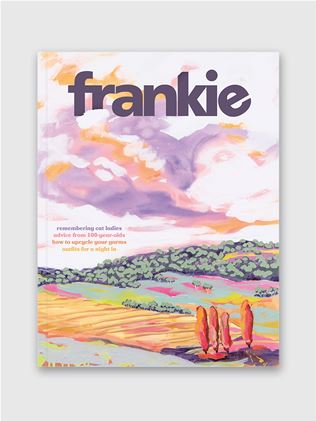
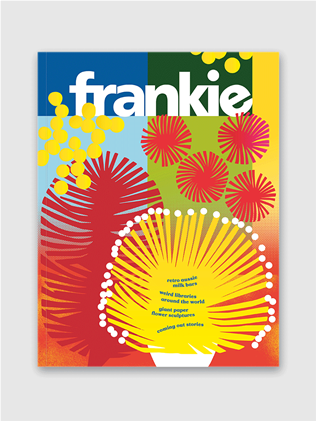
.jpg&q=80&w=316&c=1&s=1)
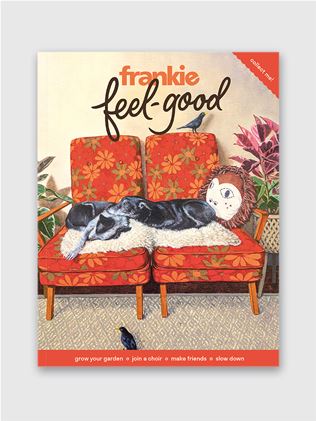
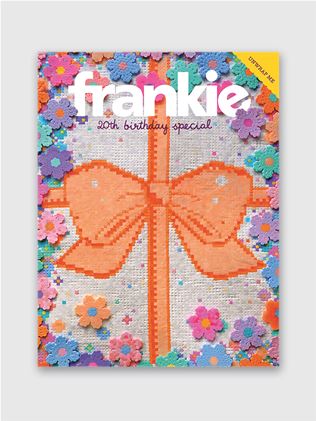
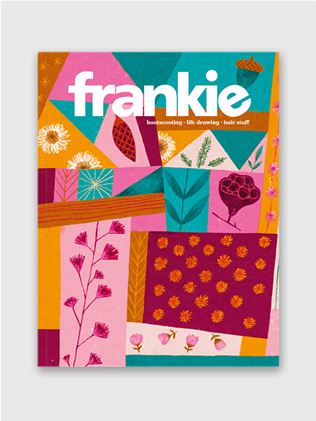
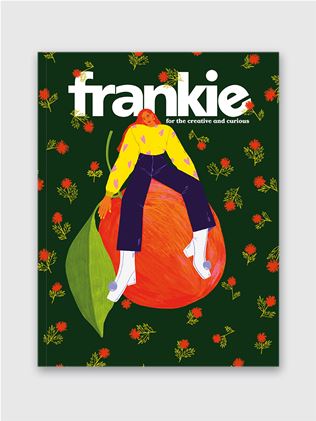
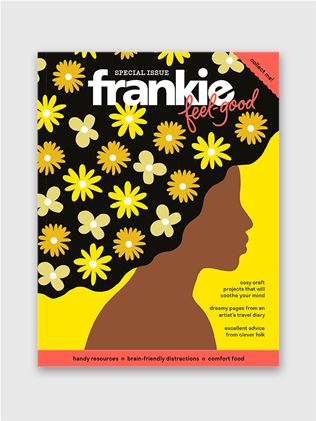
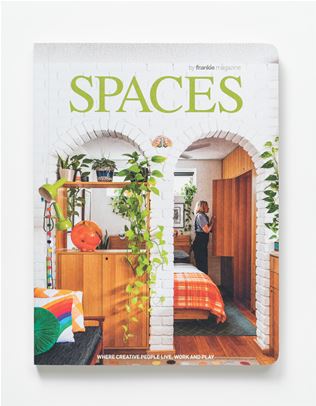
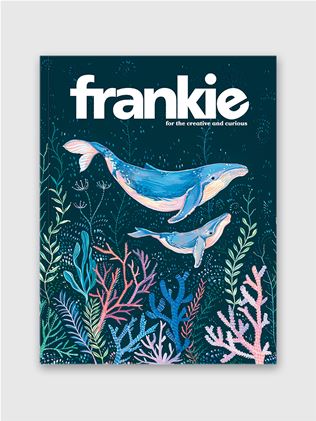
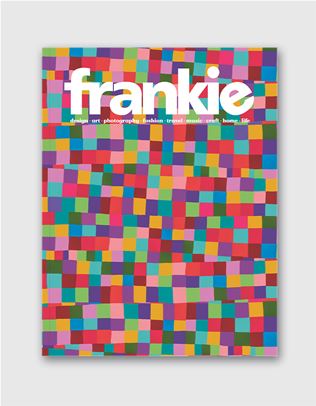
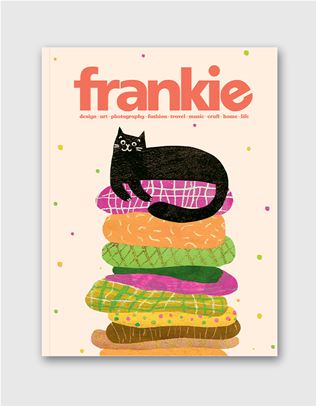
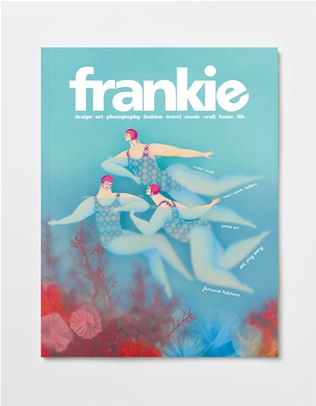
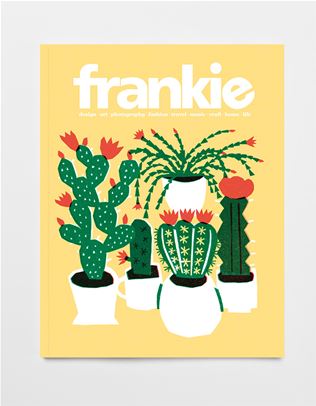

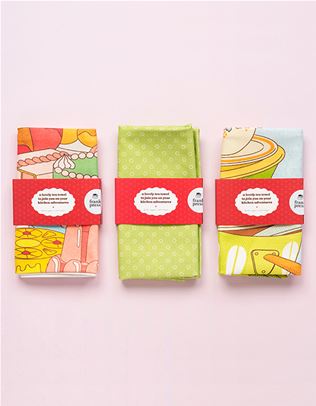
.jpg&q=80&w=316&c=1&s=1)
